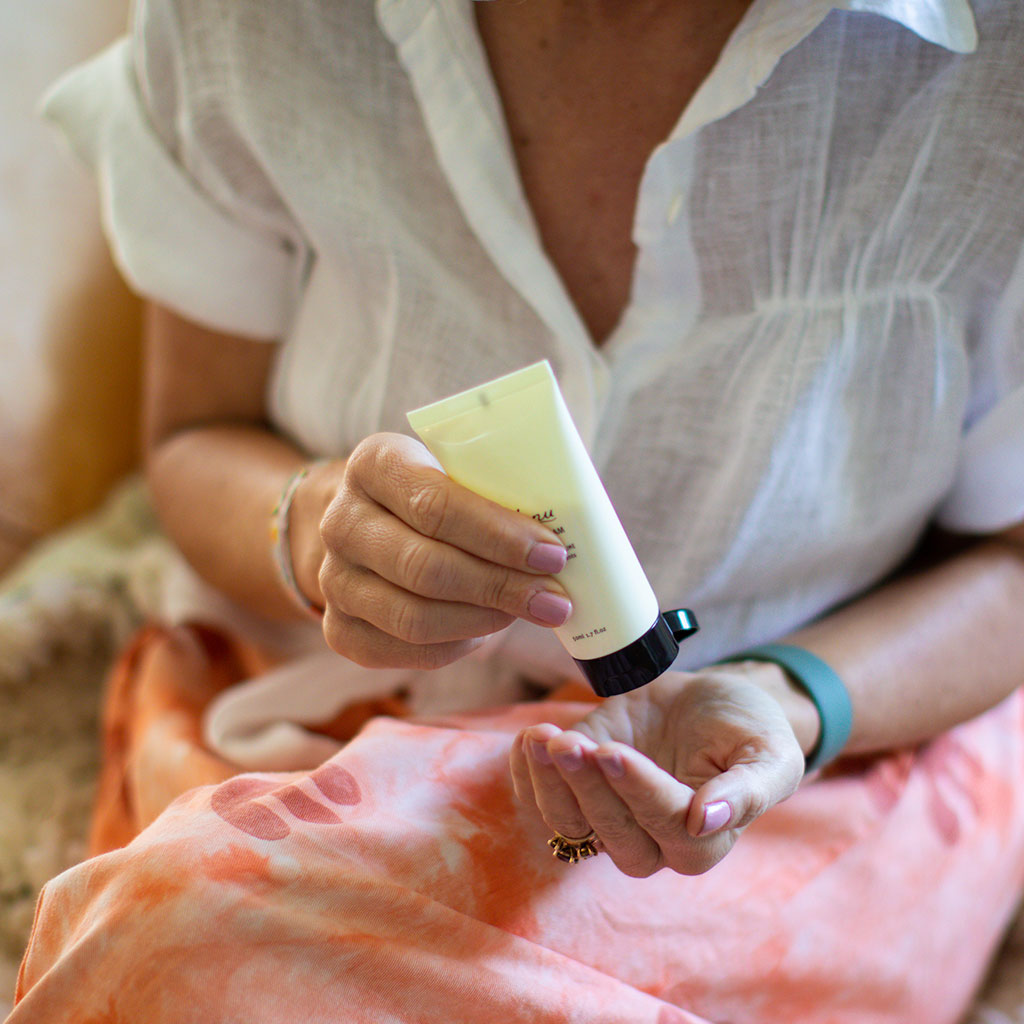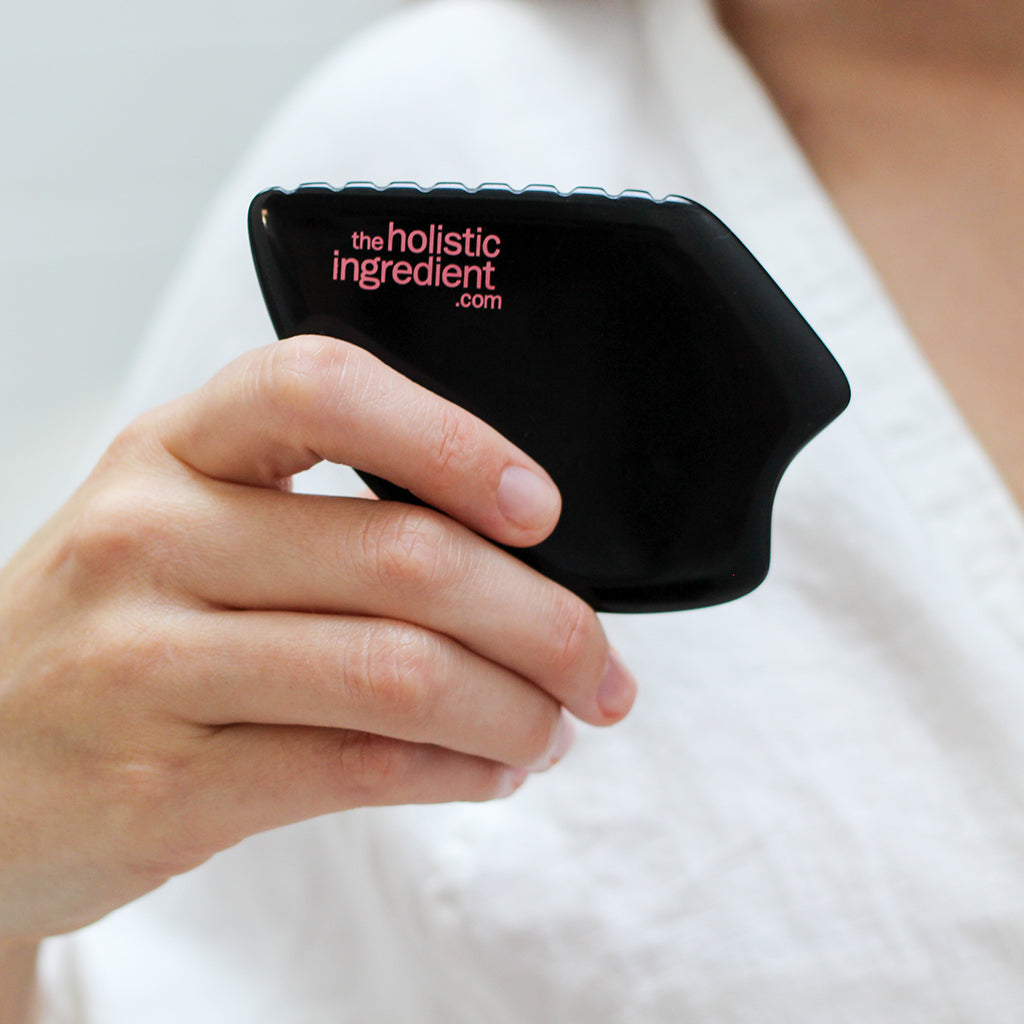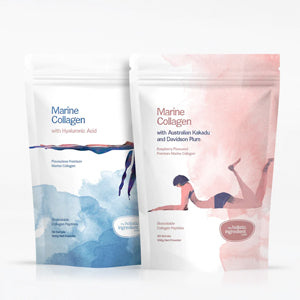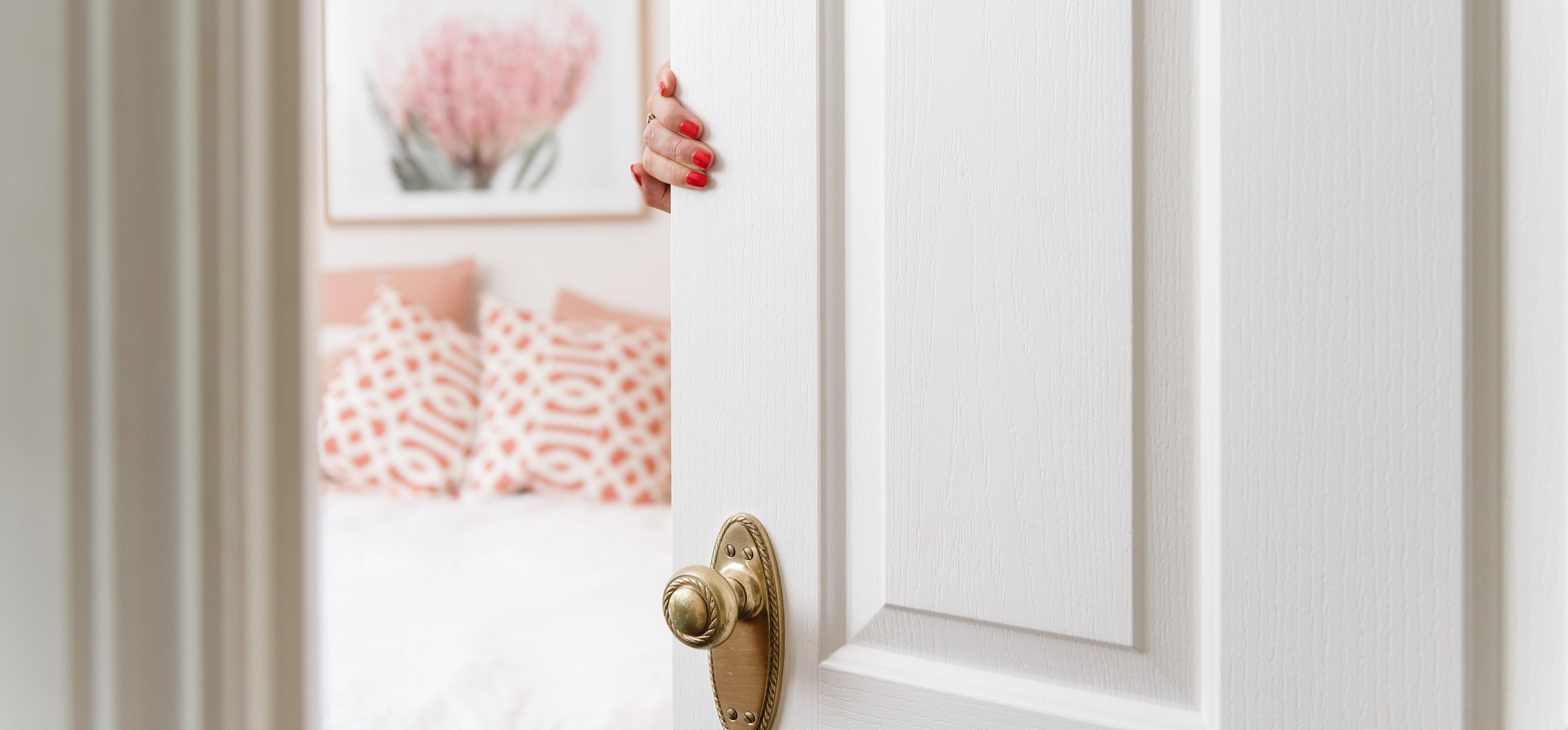
Dr Kathryn Johns is the founder of not one but two Melbourne based clinics, Eastern Osteopathy and The Fertile Project. She is also one of very few osteopaths in Australia with extensive training in physiotherapy, internal assessment and pelvic floor and health conditions.
Listen to the full episode on Apple Podcasts, Spotify, Google Podcast and more.
Broadcast: October 8, 2021
Duration: 36:46
Here is a snippit of our conversation…
The dreaded pants wetting, it happens to anyone with a pelvic floor..
Amy: I'm delighted to introduce this particular guest today because I'm selfishly hoping she's going to bring some relief to those slightly uncomfortable feelings I have around sneezing, and trampolining for that matter.
Kathryn: So many people associate the dreaded pant wetting with post-menopause and after having a baby, and it's just not the case. It’s so important we shed the light that it happens to anyone that has a pelvic floor, including athletes, young women, kids. We don’t just look at whether the pelvic floor is strong or coordinated, but also at how we can actually treat the pelvic floor because like any other muscle in the body, if it's tight, then it's not going to be functioning well.
Resolving the issue is often about connecting with your breath..
Kathryn: I'm just going to throw one little bit of research at you. 95% of women who have low back pain have a pelvic floor disorder. 82% of those women have tension. So how many people do you know that say “I've got a sore back, I'm just going to do my kegels?” or “I'm just going to do Pilates and strengthen”. But really what they should be doing is learning how to connect with their breath so that they can get that full length and expansion through their pelvic floor. Many people are out there wondering why just doing kegels and contracting their pelvic floor isn't working. For many, they've actually just got tension.
In all forms of rehab, a general rule is we lengthen before we strengthen.
Kathryn: So if you take a nice breath in and nice relaxed breath out, the pelvic floor should lengthen, but it's engaging at the same time because we need constant time where the pelvic floor should always be engaging. If you've got tension in your pelvic floor, then instead of working through its full range of motion, you're only working through a part of its range of motion and you never get that full length to get the recoil and strength back.
Apparently wet pants after trampolining is very much a thing.
Amy: 9 years ago when I was 40, I went to Bounce, an indoor trampolining centre. I had an absolute ball. However, I got off the trampoline and noticed that my pants were very wet, as were my friends. Since that time I’ve experienced the odd “Preeze” and cough and laugh in the same way..
Kathryn: It’ really common! It's actually a really good way to strengthen your pelvic floor, but I imagine you probably just really tired it out. So you can imagine as well, when you're jumping, it's not like you're just jumping a small way, we are jumping a couple of metres! It is a lot of work on your pelvic floor. If you did it on a regular basis, you would probably find that you might even strengthen your pelvic floor.
A simple explanation of why we might not have control in the right moment..
Amy: Children or not, if we are noticing that they we are peeing more often, is this something we can support at home and is this something that is quite likely to get worse, unless we do something about it?
Kathryn: So for many people who have issues with coughing and sneezing, it is nothing to do with weakness, for many it’s about the neuromuscular timing and the delay in the muscle. So instead of the muscle contracting, and so I'll go back one step, your pelvic floor works with your diaphragm, your deep abdominals and your back muscles. And they are the core cylinder and they help to regulate pressure. What they also do is they anticipate increasing pressure and are meant to anticipate it and contract accordingly. So when you cough and sneeze, there's a downward pressure on your organs and a downward pressure on your pelvis. Your pelvic floor and the rest of the core should be engaging, but just before the cough or sneeze so that they meet the pressure. So there's no downward pressure. So by meeting it, they keeping the sphincters closed and your organs nice and high, right? When there's a slight delay in that contraction, there's some downward pressure on your organs and some urine or a pop escape and all of that means that something's not working, whether it's weakness or tension, but for a lot of people, it is just that neuromuscular timing and the ability to contract at an appropriate time.
There’s something we can do at home, it’s called the Knack.
Kathryn: It’s called The Knack. It was actually developed by an Australian physio, it’s essentially the kegel, a well-timed, well-coordinated engagement of your pelvic floor just before you cough or sneeze and laugh. The really hard thing about a laugh is you don't necessarily know when the laugh is coming, so it's hard to contract your pelvic floor just before you laugh, because you're too busy laughing. It is easier to do it with a cough, a sneeze, because we have more notice about them and how we can prevent that happening. So what we actually do, so when you feel a cough or a sneeze coming, and you're like, oh my God, I’m going to wee.. and start stressing about it, that’s going to tense everything up. So the first thing you need to do is stop, relax, trust in your body and make sure that you've taken that nice breath. So then just before the ‘CHOO!’ part, you engage a nice strong contraction of your pelvic floor. So to be clear, that's like a kegel just before you're about to laugh or cough. And if you feel like you need to do another sneeze or another cough in short consecutive time, you need to try and let it go and then contract. So we are also strengthening at the same time.
Studies have shown that up to 92% of people will actually stop wetting their pants (if they do what I just told you with a cough). To the point where studies have shown that if you strengthen your pelvic floor for four months, you don't necessarily get rid of this problem because it's a timing problem. It's not a weakness. So, after you've done this knack, you need to take a nice, relaxed breath, a nice relaxed belly breath where you'd get that nice, gentle rising of your belly. And that's when you get that nice length of your pelvic floor. So we can start resetting that pelvic floor again, to get out of that really tight position.
A second exercise to do at home..
Kathryn: So the other exercise that you can do is a nice little contraction of your pelvic floor. So a lift of your pelvic floor and then a cough. And that's as simple as the exercise needs to be. And you might do 10 of those where you contract your pelvic floor and then cough. It is about teaching your brain to go to work on it's neuromuscular timing to try and get that timing too, of your pelvic floor to contract before your cough. It will improve all the other activities that may be impacted by this lack of timing. Do three lots of 10 a day.
And finally, its common but it’s not normal..
I think the important thing is if you have any leakage, it is not normal. If it’s just coughing and sneezing on the odd occasion, then these tips might help. Also looking at bladder irritants might be really good for those people as well. If it’s more than this I would recommend getting professional help. Also, the women that I see postnatally that have the most issues with their pelvic floor, they’re the ones that had issues before they had kids. Inevitably they were too embarrassed to come in before they had kids because that's not an appropriate time to be complaining. They don't seek help. But once you've had a baby people go, oh, this isn't an ok time to be wetting my pants, I can ask for help now. But this has been going on since they were 11 or this has been going on since they were 15. So if you haven't had kids and you're having these issues and these simple exercises that I've talked about today are not helping, and you want to have children and you don't want to have a prolapse and you don't want to be wearing pads for the rest of your life, then doing something about it now is the perfect time.

















